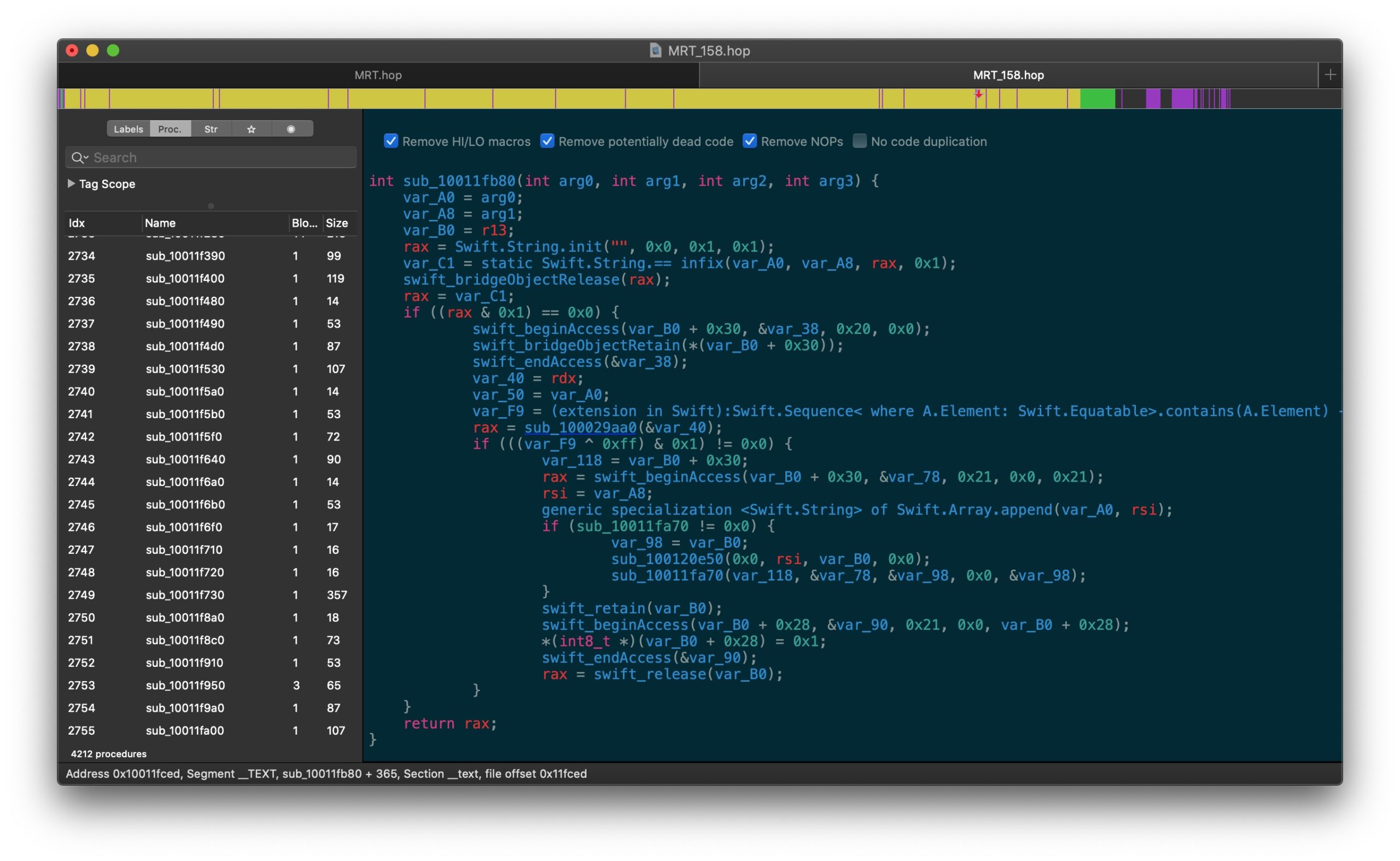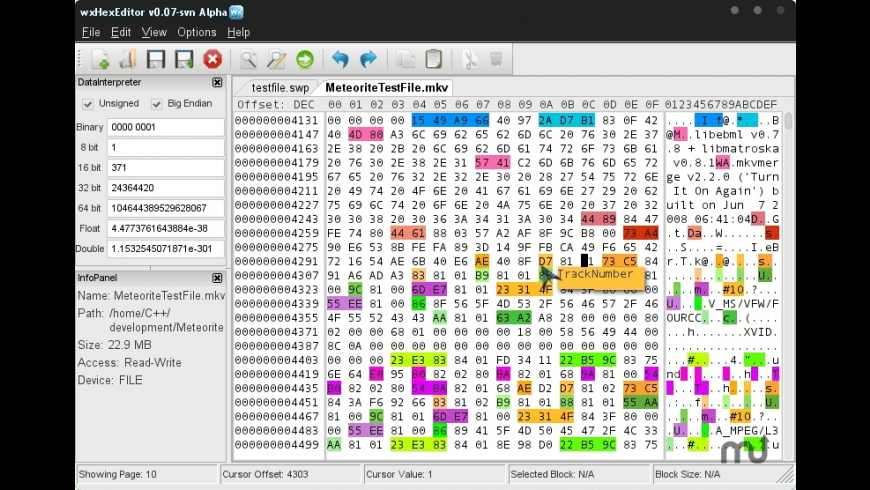Slim down your Time Machine snapshotsYou can perform this operation safely in CleanMyMac X.Download the app and launch it.In CleanMyMac X:Click the Maintenance tabChoose “Time Machine snapshots thinningAs a manual solution, paste in the following commands in Terminal:tmutil listlocalsnapshots /tmutil listlocalsnapshots /System/Volumes/DataThis lists the local snapshots created by your Time Machine. The issue could be related to Time Machine backups and clones of APFS snapshots stored in different locations. There is also a possibility that the developers will overhaul their extensions to support Safari 13 but we all will have to wait until that happens. How to check app space for mac catalina free. Storage filling up for no reasonSo you’ve upgraded to macOS Catalina only to discover that a big chunk of free space is missing. Some identified folder is eating up your storage but how can you find it?
0xED seems to be the most simple and user-friendly of the free options out there. Just download and run, and get a side-by-side hex/ASCII view. Text editors work too, but often don't have very good binary-level editing/display options. Plus 0xED is incredibly fast; you can browse in realtime through a 1 GB file. – Beejor Sep 29 '18 at 16:51. Research the forensics tools available for Mac OS and Linux. Are tools similar to Hex Workshop available for these OSs? Based on their documentation, how easy would validating these tools be? Select at least two tools, and write a one to two-page paper describing what you would do to validate them, based on. What you have learned in this chapter.
A source-code editor is a text editor program designed specifically for editing source code of computer programs. It may be a standalone application or it may be built into an integrated development environment (IDE) or web browser. Source-code editors are a fundamental programming tool, as the fundamental job of programmers is to write and edit source code.
Features[edit]
Source-code editors have features specifically designed to simplify and speed up typing of source code, such as syntax highlighting, indentation, autocomplete and brace matching functionality. These editors also provide a convenient way to run a compiler, interpreter, debugger, or other program relevant for the software-development process. So, while many text editors like Notepad can be used to edit source code, if they don't enhance, automate or ease the editing of code, they are not source-code editors.
Structure editors are a different form of source-code editor, where instead of editing raw text, one manipulates the code's structure, generally the abstract syntax tree. In this case features such as syntax highlighting, validation, and code formatting are easily and efficiently implemented from the concrete syntax tree or abstract syntax tree, but editing is often more rigid than free-form text. Structure editors also require extensive support for each language, and thus are harder to extend to new languages than text editors, where basic support only requires supporting syntax highlighting or indentation. For this reason, strict structure editors are not popular for source code editing, though some IDEs provide similar functionality.
A source-code editor can check syntax while code is being entered and immediately warn of syntax problems. A few source-code editors compress source code, typically converting common keywords into single-byte tokens, removing unnecessary whitespace, and converting numbers to a binary form. Such tokenizing editors later uncompress the source code when viewing it, possibly prettyprinting it with consistent capitalizing and spacing. A few source-code editors do both.
Notable examples[edit]
- Atom[1]
- BBEdit (a text editor for macOS, officially launched in 1993)
- Brackets (text editor)[1]
- Eclipse (cross-platform, including Linux, macOS, Windows)
- Emacs (cross-platform, including Unix, Linux, macOS, Windows)
- Gedit (cross-platform, including Linux, macOS, Windows)
- Notepad++[1] (Windows)
- SlickEdit (cross-platform, including Linux, macOS, Windows, Solaris, HP-UX, AIX)
- SubEthaEdit (real-time collaborative text editor for macOS, the built-in text editor in Coda is also based on SubEthaEdit)
- Sublime Text[1]
- TextMate (macOS)
- UltraEdit[1]
- vi/Vim (cross-platform, including Unix, Linux, macOS, Windows)
- Visual Studio Code[1] (cross-platform, including Linux, macOS, Windows)
Controversy[edit]

Many source-code editors and IDEs have been involved in ongoing user arguments, sometimes referred to jovially as 'holy wars' by the programming community. Notable examples include vi vs. Emacs and Eclipse vs. NetBeans. These arguments have formed a significant part of internet culture and they often start whenever either editor is mentioned anywhere.
See also[edit]
References[edit]
- ^ abcdef'The major players operating into Text Editor Market include: Visual Studio Code, Notepad++, Sublime, Brackets, UltraEdit, Atom.'. Source: Global Text Editor Market By Product Type (Cloud Based, Web Based) And By End-Users/Application (Large Enterprises, SMEs) Global Market Share, Forecast Data, In-Depth Analysis, And Detailed Overview, and Forecast, 2013 - 2026, https://www.apexmarketsresearch.com/report/global-text-editor-market-by-product-type-cloud-468736/
Terminal User Guide
To edit a plain text file in Terminal, you can use a command-line text editor.
For general-purpose work, it’s easiest to use one of the text editors included with macOS. If you want to use a graphical text editor, use TextEdit (in Launchpad). Otherwise, use one of the command-line editors included with macOS:
Nano nano is a simple command-line editor. It’s a good introduction to using a command-line editor because it includes easy-to-follow on-screen help. See the nano man page.
Qt for macOS - Deployment; Note: For selling applications in the macOS App Store, special rules apply. In order to pass validation, the application must verify the existence of a valid receipt before executing any code. Since this is a copy protection mechanism, steps should be taken to avoid common patterns and obfuscate the code that. Dec 19, 2019 Windows 8.0/8.1/10 CivX-Qt-v1.0.0.5-windows.zip- Save the file in any place you can remember, and just double click on it- You can set up for the wallet to start at login. Go to Settings - Options - Main (tab) and mark the option 'Start CivX on system login' macOS Sierra (10.12.X) and High Sierra (10.13.X) CivX-Qt-v1.0.0.5-macosx.dmg. The new user-friendly NIX desktop wallet is now available for Windows, MacOS and Linux. Manage your transactions, staking and nodes in a simple, yet sophisticated way. Secure desktop wallet used to privately store and manage NIX, with. Qt wallet for macos.
Information On Hex Editors Available For Macos And Linux Windows 7

Vim vim is a vi-compatible text editor. It has many powerful enhancements for moving around, searching, and editing documents. Basic editing is simple to learn, and there’s additional functionality to explore. You can access most of the functionality by using keystroke combinations that trigger certain behavior. vim, or the editor it’s modeled after, vi, is found in most UNIX-based operating systems. See the vim man page.
If you’re new to using the command line and don’t anticipate using it much for editing, nano is probably your best choice. If you expect to spend a lot of time using the command-line environment, it’s probably worth learning vim. They have very different design philosophies, so spend some time with each of them to determine which works best for you.
Information On Hex Editors Available For Macos And Linux Free
In the Terminal app on your Mac, invoke a command-line editor by typing the name of the editor, followed by a space and then the name of the file you want to open. If you want to create a new file, type the editor name, followed by a space and the pathname of the file.
Here’s an example of using
nanoto open a new file named “myFile.conf” in your Documents folder: How to stop the notice for catalina update on mac os.